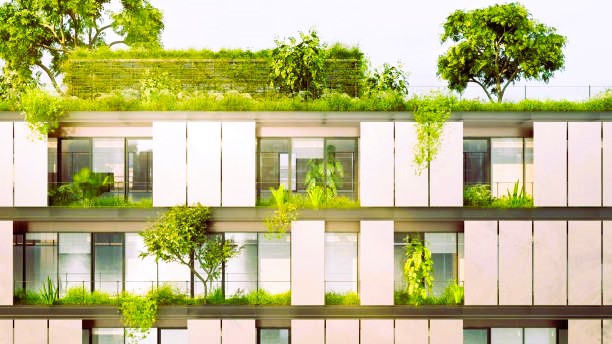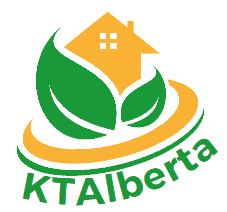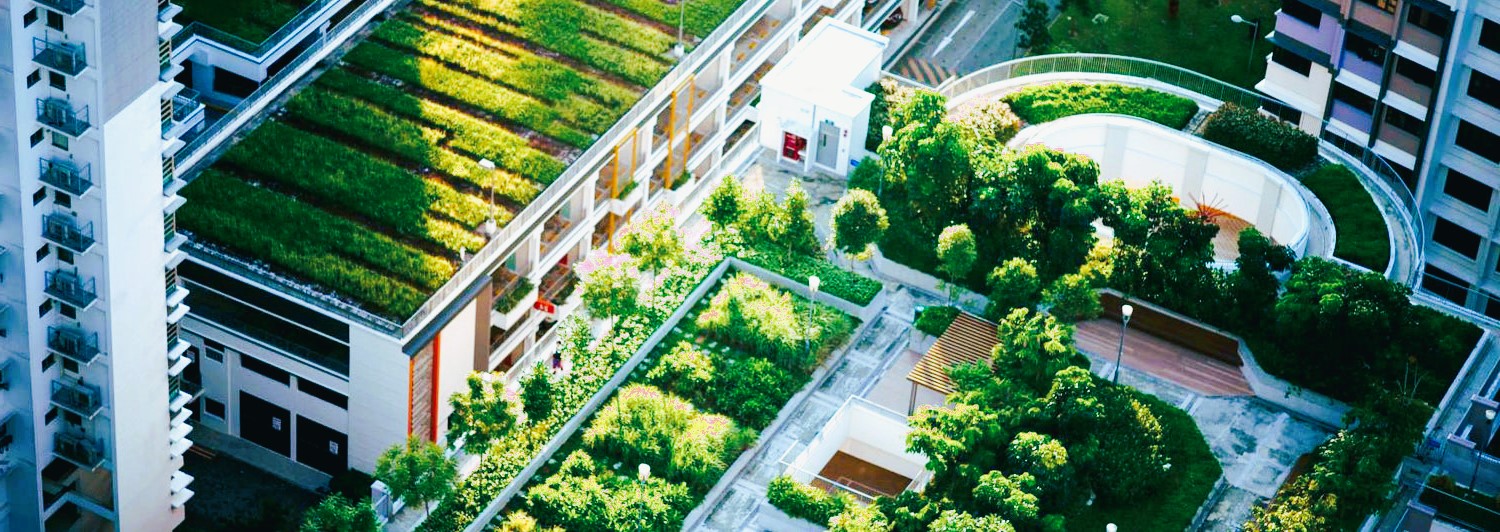As urbanization continues to rise, the integration of sustainable practices into urban design becomes increasingly crucial. Green roofs and windows stand out as innovative and effective strategies for enhancing urban sustainability. By combining these two approaches, cities can create a powerful synergy that not only mitigates environmental challenges but also contributes to a healthier, more livable urban environment. This article explores the benefits of green roofs and windows, their potential synergies, and how their integration aligns with the goal of achieving long-term urban sustainability.
Green Roofs: Elevating Urban Greenery
Green roofs, also known as living roofs, involve the cultivation of vegetation on building rooftops. This approach offers a multitude of environmental, social, and economic advantages. One of the primary benefits is improved stormwater management. Green roofs absorb rainwater, reducing the burden on drainage systems and mitigating the risk of urban flooding. Additionally, the vegetation on green roofs enhances air quality by filtering pollutants and producing oxygen.
Beyond environmental benefits, green roofs provide insulation, reducing the energy required for heating and cooling buildings. They also contribute to biodiversity by creating habitats for plants, insects, and even small animals. Socially, green roofs can serve as communal spaces, offering opportunities for relaxation, recreation, and community engagement.
Energy-Efficient Windows: Enhancing Building Performance

Energy-efficient windows play a critical role in reducing a building’s energy consumption. These windows are designed to minimize heat transfer, prevent drafts, and optimize natural lighting. By using advanced glazing technologies and insulation materials, energy-efficient windows significantly improve indoor comfort while simultaneously decreasing the reliance on artificial heating and cooling systems. This reduction in energy demand translates to lower greenhouse gas emissions and a reduced ecological footprint.
Synergy Between Green Roofs and Windows
When green roofs and energy-efficient windows are combined, a synergy emerges that enhances their individual benefits. The insulation provided by green roofs complements the thermal performance of energy-efficient windows. Green roofs help regulate indoor temperatures by providing additional thermal mass, while energy-efficient windows minimize heat gain or loss. This synergistic effect results in improved energy savings and a more comfortable indoor environment. Like the article? We recommend that you take a look at Alberta National Parks Exploration.
Moreover, the vegetation on green roofs can partially shade windows, reducing solar heat gain during hot months. This shading effect lessens the need for air conditioning and supports the overall energy-efficient design of buildings. Additionally, the presence of greenery outside windows enhances aesthetics, promotes well-being, and fosters a connection with nature even in densely populated urban areas.
Urban Heat Island Effect and Biodiversity
Urban heat islands, characterized by higher temperatures in urban areas compared to their rural surroundings, are a pressing concern in many cities. Green roofs and energy-efficient windows can work together to combat this effect. The insulation provided by green roofs reduces heat absorption by buildings, while energy-efficient windows minimize heat entry. The resulting cooling effect helps create more comfortable microclimates within urban areas.
Furthermore, the vegetation on green roofs attracts pollinators and supports urban biodiversity. This vegetation can also act as a carbon sink, mitigating the heat-trapping effects of carbon dioxide emissions. When combined with energy-efficient windows, which reduce energy consumption and related emissions, these practices contribute to a comprehensive urban sustainability strategy.
Achieving Urban Sustainability

The integration of green roofs and energy-efficient windows aligns seamlessly with the pursuit of urban sustainability. By enhancing energy efficiency, reducing greenhouse gas emissions, and improving overall building performance, this approach addresses multiple challenges that urban environments face. The combination of natural elements and advanced technologies showcases a holistic approach to urban design that prioritizes both human well-being and ecological health.
For more information about green building practices, you can visit Canada.ca and explore resources related to sustainable construction and urban planning.
In conclusion, the convergence of green roofs and energy-efficient windows offers a dynamic solution for urban sustainability. Their combined benefits create a synergy that extends beyond individual buildings to positively impact entire communities. By leveraging the strengths of each approach, cities can forge a path towards a more resilient, livable, and ecologically responsible urban future.
Recommended literature for review:
- Green, Sarah. “Windows and Climate Control: Strategies for Balancing Comfort and Energy Efficiency.” Green Building Council, 2020.
- Davis, Michael. “Innovations in Window Materials: Advancements in Glass, Frames, and Insulation.” Materials Science Journal, vol. 25, no. 3, 2019.
- Mitchell, Rebecca. “Windows and Indoor Air Quality: Impacts on Ventilation and Health.” Environmental Health Perspectives, vol. 32, no. 4, 2018.

